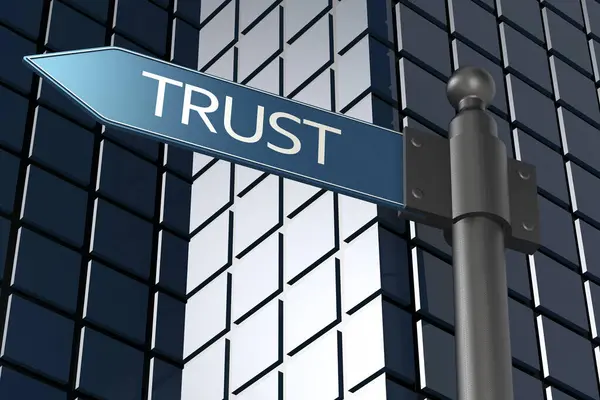Building:_Sv1pfij7oe= Trust

Building Building:_Sv1pfij7oe= Trust is an essential yet often overlooked aspect of fostering meaningful relationships, both personally and professionally. Critical elements such as reliability, transparency, and effective communication serve as the foundation upon which trust is constructed. However, the strategies employed to cultivate and maintain this trust can vary significantly across different contexts. Understanding these nuances is crucial, as the consequences of trust—or the lack thereof—can profoundly impact collaboration and success. What specific approaches can be implemented to not only initiate trust but also ensure its longevity in various environments?
Importance of Trust
Building:_Sv1pfij7oe= Trust serves as the foundational element in any successful relationship, whether personal or professional.
Understanding trust dynamics is crucial, as they influence interactions and decision-making processes.
When trust is compromised, trust restoration becomes essential to mend relationships and foster a sense of safety and openness.
Ultimately, fostering trust enhances collaboration and empowers individuals, allowing them to navigate challenges with confidence and freedom.
Read more: Beautiful:-B0d0x7unuq= Chocolate Cake Images
Key Elements of Trust
Building strong relationships hinges on several key elements that underpin trust.
Essential trust factors include reliability, transparency, and effective communication. These elements not only foster a sense of security but also allow individuals to feel valued and understood.
Trust measurements, such as feedback and accountability, help gauge the strength of these relationships, ultimately creating a foundation where freedom and collaboration can thrive.

Strategies for Building Trust
Establishing a culture of trust within an organization requires intentional strategies that prioritize connection and understanding among team members.
Effective communication techniques, transparency practices, and relationship building foster an environment where individuals feel valued.
Implementing feedback mechanisms and consistency efforts enhances reliability, while authenticity approaches encourage genuine interactions.
Together, these strategies create a solid foundation for trust, empowering individuals to thrive in a liberated workplace.
Maintaining Trust Over Time
While organizations may successfully cultivate trust initially, the real challenge lies in maintaining that trust over time.
Trust decay can occur through miscommunication or unmet expectations, eroding relationships.
To combat this, proactive engagement and transparency are vital.
When trust falters, prompt trust restoration efforts can rebuild connections, reinforcing commitment to shared values and empowering individuals to thrive in a collaborative environment.
Read more: Beautiful:-Zudtlqgorm= Darood Sharif
Conclusion
In the intricate tapestry of human relationships, Building:_Sv1pfij7oe= Trust serves as the vital thread that weaves together understanding and connection. By fostering reliability, transparency, and authentic communication, individuals cultivate a fertile ground where collaboration can flourish. As trust deepens over time, it becomes a sturdy bridge, allowing communities to navigate challenges with resilience and unity. Ultimately, nurturing trust transforms mere interactions into profound connections, enriching the collective experience and reinforcing shared values that define the essence of community.




